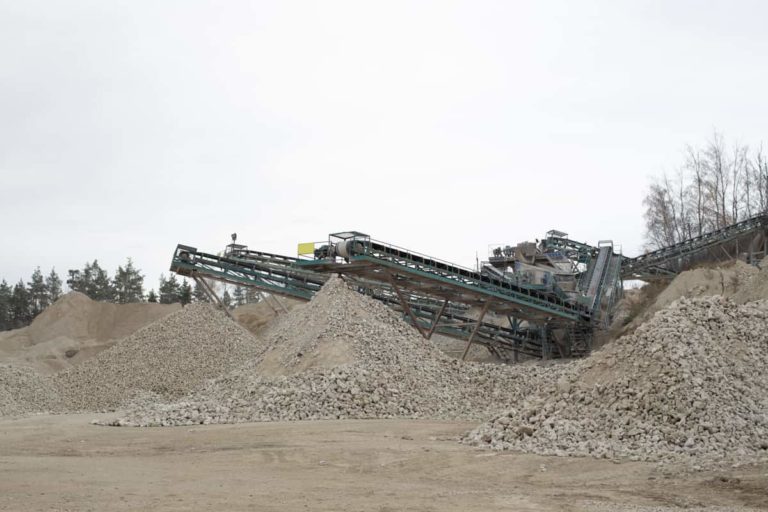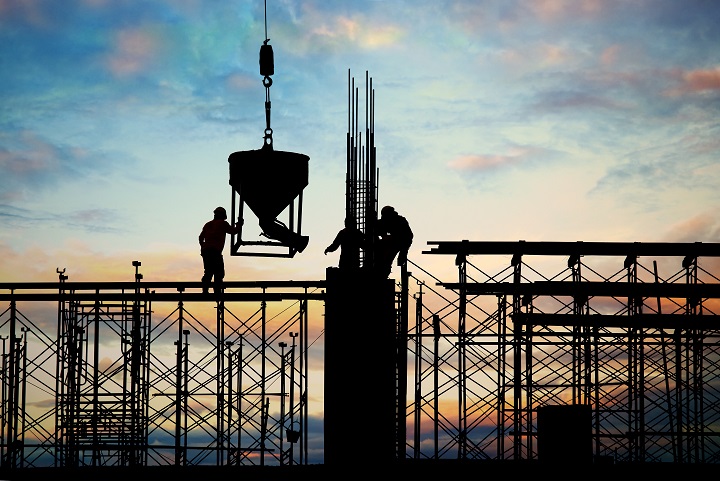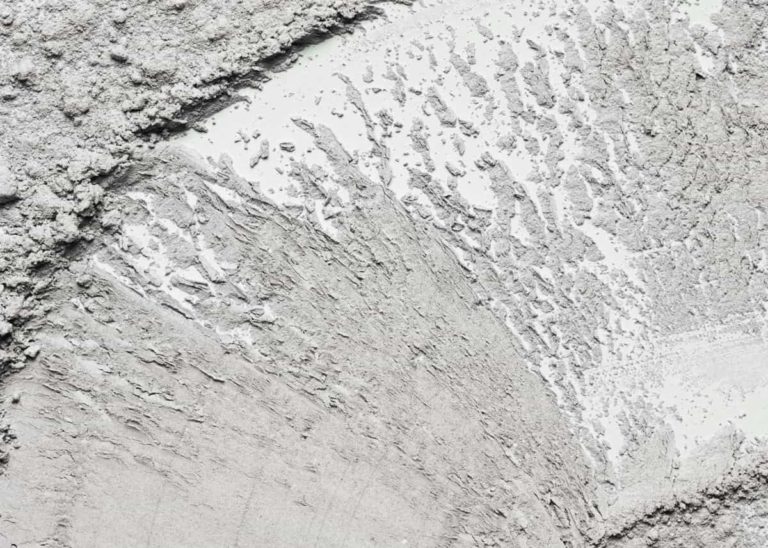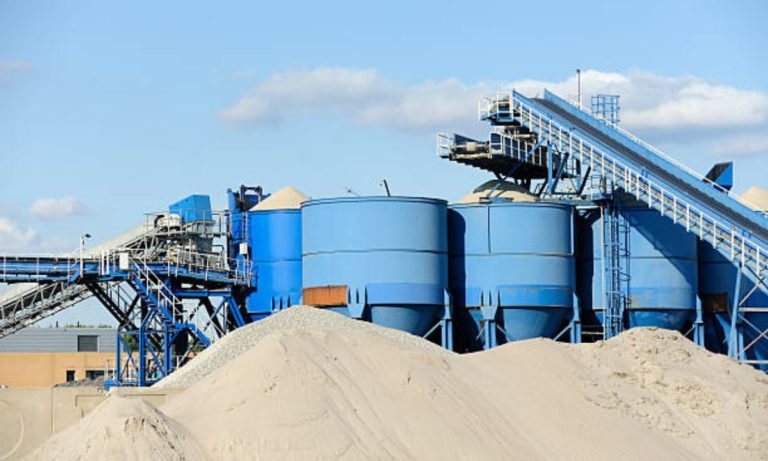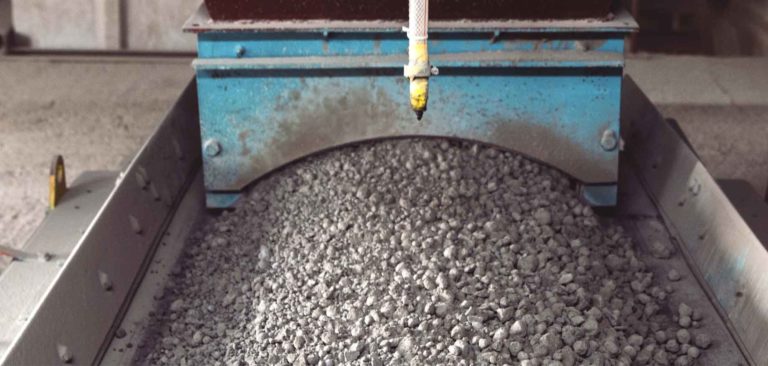What is Blended Cement? Advantages of Using Blended Cement
Cement is an inseparable part of any construction project. Good quality cement is essential to ensure your structure can last for centuries. No wonder cement is the highest-consumed manmade product in the world. Per capita consumption of cement is rising in developing nations as people choose to build their homes. Governments are constructing roads and highways, schools, hospitals, and businesses are assembling commercial buildings. Some of the structures are extremely important for the safety of people, for instance, dams or shelter homes. Hence, the quality of cement can hugely impact the structure’s integrity.
Different types of cement are available, and you need to choose the suitable cement for your construction work to ensure the best results. Apart from the properties of cement, the production method can immensely impact our environment. As a result, the production of environmentally friendly cement is becoming very popular among consumers. Besides, governments are imposing new legislation to safeguard the interest of our nature by banning or discouraging production methods that harm the environment. Therefore, cement manufacturers have applied different strategies and techniques to reduce environmental impact.
The addition of Supplementary Cementitious Materials or SCM, such as fly ash, slag, etc., has shown excellent results in improving workability, durability, strength, and overall performance in cement while reducing the impact on the environment in the production stage. Adding at least one SCM in an Ordinary Portland Cement creates blended cement. The popularity of blended cement is increasing rapidly in different places of the world. In this article, we will find many advantages of using blended cement and how it is more environmentally friendly.
What is Blended Cement?
Blended cement is a particular type prepared by mixing the clinker with one or two supplementary cementitious materials or SCM. SCMs are fly ash, slag, granulated BFS, silica fume, volcanic ash, and other industrial byproducts. The cement manufacturing process involves various stages, and these materials should be mixed at the grinding stage of cement production. The addition of these cement-based materials offers an excellent performance advantage. The overall construction process becomes much more manageable, and efficiency increases.
Moreover, blended cement has excellent environmentally friendly features. Blended cement also performs well in both hot and cold climates. It increases efficiency, reduces energy consumption, and produces fewer pollutants and carbon emissions.
In simple terms, blended cement offers a range of benefits over traditional cement. Incorporating blended cement is environmentally, economically, and functionally better.
How Blended Cement is Produced?
Blended cement is produced in the grinding state of Portland Cement by mixing clinkers at temperatures of about 1400 – 1500 degrees Celsius with SCMs. Generally, fly ash from coal combustion in electricity-producing plants or blast furnace slag from iron-producing plants are mixed. The production of blended cement must contain at least one SCM.
BFS, fly ash, and silica fume are the most common materials used for blending cement. The addition of these materials generates the most benefits. Blended cement has two major types:
- Binary Blended Cement and
- Ternary Blended Cement.
The first type contains OPC and one SCM, while the other contains OPC and two SCMs.
Different studies have found that the performance of concrete may change depending on the proportion of the SCMs. For instance, adding fly ash can act as a water-reducing agent in the cement mixture. Hence, ternary cement concrete can reach the same fluidity as OPC concrete. Moreover, if fly ash is used in binary cement, it can increase the setting time of concrete compared to OPC concrete.
On the other hand, slag replacements in ternary cement can either increase or decrease the setting time of cement. It depends on the type of clinkers that are mixed during the production phase.
Characteristics of Blended Cement
Blended cement exhibits different characteristics due to the blend of different materials. These are:
- Improved workability and pumpability
- Reduced water consumption
- Enhanced bleed control
- Lower drying shrinkage and creep
- Improved resistance to sulfate attack and chloride penetration
- Reduced potential for Alkali Aggregate Reaction
Source: The Constructor
Advantages of Using Blended Cement
The following list contains numerous advantages of using blended cement:
- It achieves a much more delicate texture than OPC when mixed and placed. Hence, it is an excellent choice if you require smooth finishing and elevation work.
- Due to its reduced water consumption, it is much easier to work with.
- Blended cement achieves a much higher compressive and flexural strength in 28 days compared to regular Ordinary Portland Cement.
- Concrete prepared with blended cement has an extended life because of its low permeability. Low permeability reduces penetration of aggressive water run-off compounds such as sulfates and chlorides compared to Ordinary Portland Cement.
- Blended cement shows fewer cracks occurring due to thermal stress of varying temperatures.
- When silica fume and slag, or silica fume and fly ash, are used as SCMs, blended cement shows an exceptional reduction in Alkali-Silica reaction.
- Many of the SCMs used in blended cement are industrial byproducts. Hence, using these byproducts reduces the use of natural resources such as limestone, silica, and clay.
- Achieves the same level of the slum with less water than concrete that contains only Portland Cement.
- Blended cement has lower heat of hydration.
- The mineral supplements require significantly less processing.
- It reduces the overall concrete cost.
- It reduces additional expenses on repairs and renovations due to lesser seepage and related issues, making it ideal for home construction.
- Slag-based blended cement has better pumpability than plastic concrete. It also shows higher strength in later stages.
Blended cement is especially useful in Bangladesh. Because it performs well in hot climates compared to standard OPC, blended concrete generally has a lower possibility of thermal cracking. Besides, in hot climatic conditions, the binary and ternary cement concrete have a slightly longer setting time than OPC. It allows workers a bit more time for concrete placing and finishing.
Application of Blended Cement
Blended cement is an ideal choice for a range of applications such as:
- Domestic construction projects
- Major engineering projects
- Precast concrete where high durability is a must and off-form finishes are required
- Mining applications
- Unique formulations as adhesives, renders, mortars, and grouts
- Concrete pavements
- Structure and foundations
- Mass concrete applications such as dams or retaining walls
- Concrete exposed to hazardous environments like wastewater treatment facilities or marine applications
- High-rise buildings
Environmental Benefits of Using Blended Cement
The performance benefits of blended cement can influence anyone to consider it over other types. In addition to it, blended cement also has excellent environmentally friendly features. The incorporation of blended cement is rising due to green construction practices worldwide. Here are some environmentally-friendly features of blended cement:
Conserving Natural Resources
The SCMs used in the production of blended cement is mostly waste products from thermal and steel plants. Using these instead of natural resources like limestone, clay or silica can help conserve essential elements. Blended cement also reduces the amount of virgin material extracted to make concrete.
Reducing Energy Consumption
Adding mineral admixtures like fly ash and slag significantly decreases energy consumption during cement production. Hence, cement manufacturing plants will consume less energy while producing blended cement than other cement types. Blended cement also reduces the “Urban Heat Island” effect by making concrete lighter in color. A lighter color reflects more sunlight and absorbs less heat. Hence, less energy is required to cool the interiors of homes.
Conserving Water
As mentioned earlier, blended cement uses a lower water-cement ratio during construction. Thus, water is significantly conserved if you choose blended cement.
Protects the Environment
Cement is one of the critical ingredients in construction work. But it consumes a lot of energy to produce. Cement production accounts for about 7% of the total CO2 emissions globally. On top of that, cement production has different types of pollutants, smog, and greenhouse gas. However, with blended cement, all these negative impacts are reduced on the environment. For instance, a ton of slag cement requires nearly 90% less energy to produce than a ton of Portland cement.
Source: The Daily Star
To summarize, blended cement is suitable for the environment and construction purposes.
Summary
Blended cement can offer better sustainability and high performance. The increasing popularity of blended cement is a clear indication that people are opting for products that are environmentally friendly and efficient in performance. Many manufacturers in Bangladesh are now producing slag-based cement, a type of SCM used in blended cement. As members of society, we all have a collective responsibility to make our planet a more habitable and suitable place for our future generations. Hence, choosing products that are safer for our environment is a demonstration of more excellent moral value. You can ask your contractor to use blended cement in constructing your next project. It will save a lot of unnecessary costs, make your structure more robust, and protect the environment.
Frequently Asked Questions (FAQs)
What is the purpose of blended cement?
Ans: Blended cement is produced as a general-purpose concrete application cement.
What is the most used supplementary material in blended cement?
Ans: The most common material is fly ash, a byproduct of coal combustion in electric power plants.
Why is blended cement more environmentally friendly?
Ans: Blended cement is more environmentally friendly due to its sustainable manufacturing process.
Is blended cement more expensive than OPC?
Ans: No. Blended cement is usually a bit cheaper than OPC.
Can I use blended cement for foundation work?
Ans: Yes. You can use blended cement for foundation work.


